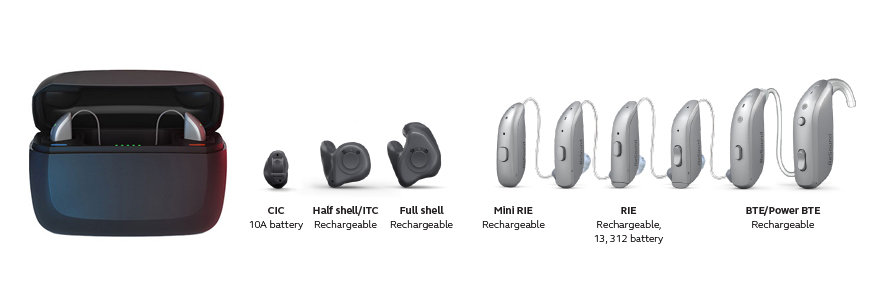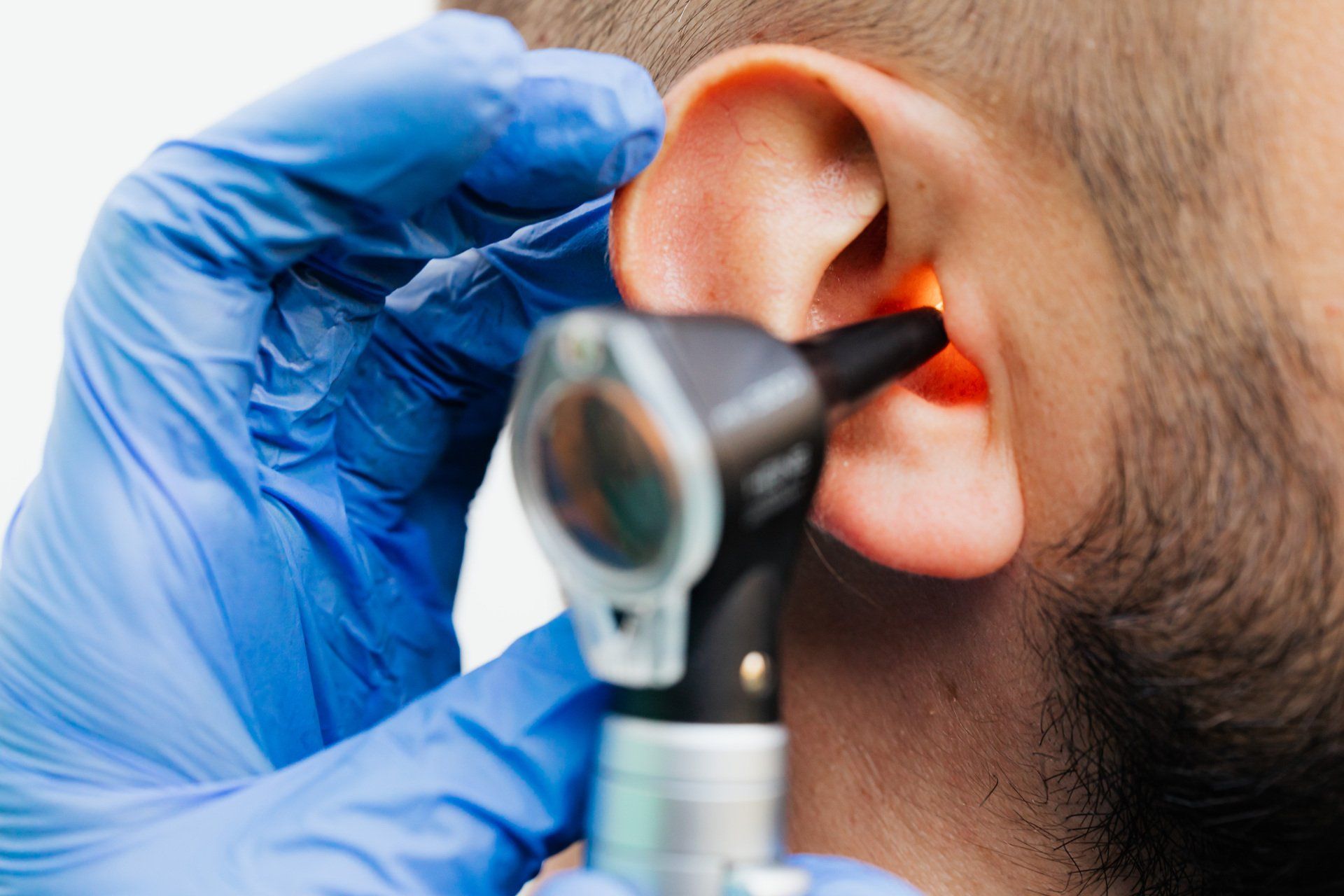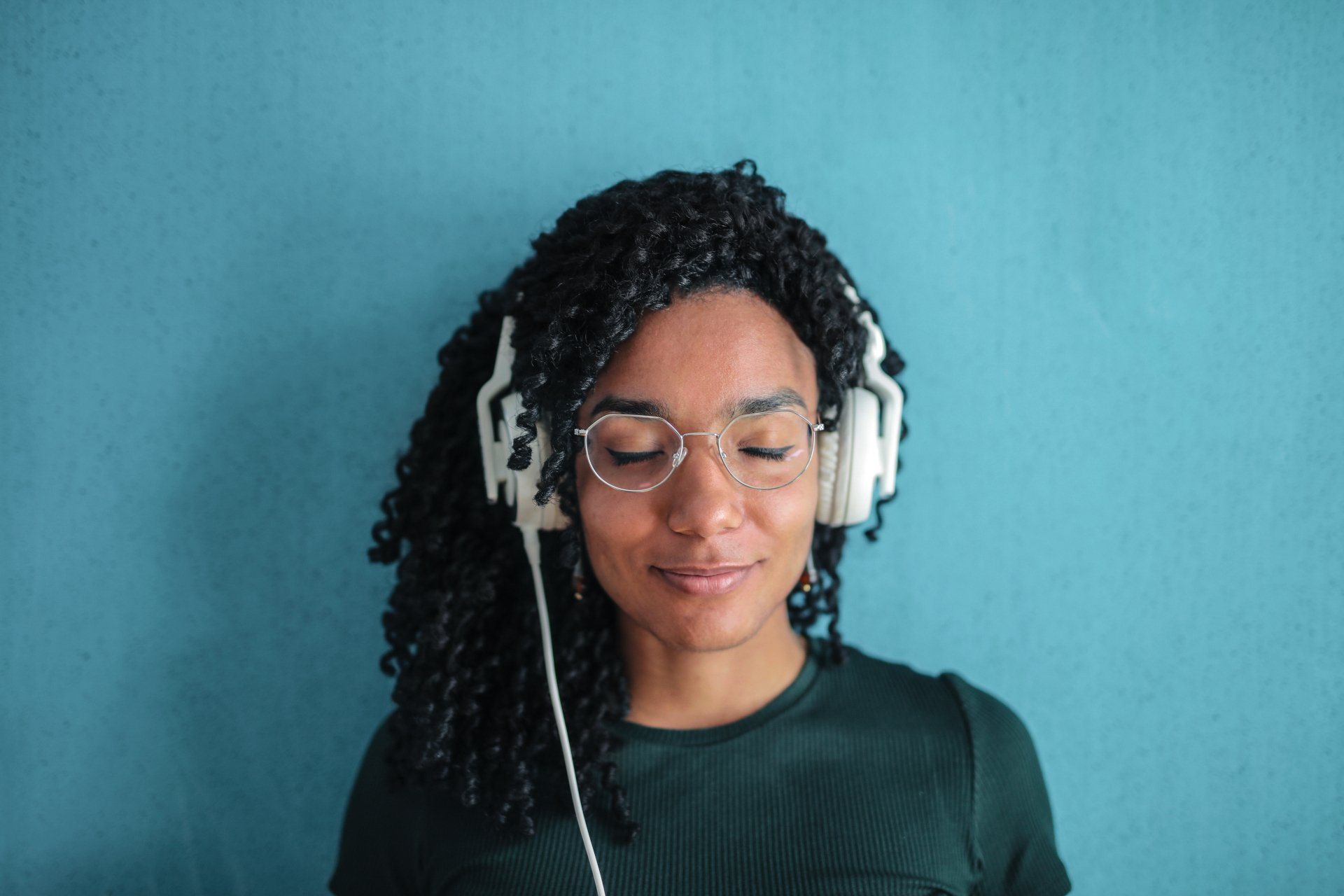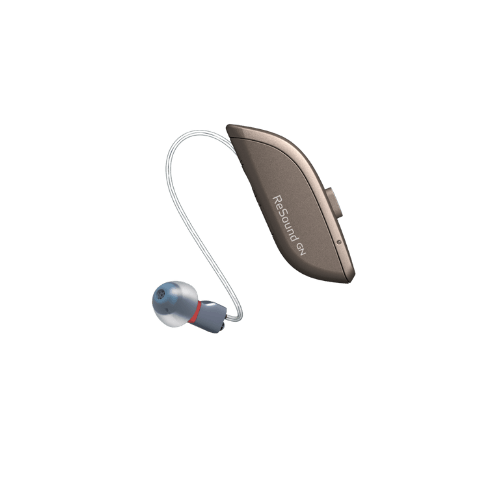I Have Hearing Aids, How Come I Cannot Hear Soft Sounds?
I Have Hearing Aids, How Come I Can't Hear Soft Sounds?
Hearing loss is a prevalent condition that affects millions of people worldwide. For those experiencing hearing difficulties, hearing aids can be a lifesaver. They provide amplified sounds and improve the overall quality of life for individuals with hearing impairments. However, some users might still encounter challenges, such as difficulty hearing soft sounds even with the aid. In this blog post, we will explore the reasons behind this common concern and shed light on why some individuals may struggle to hear soft sounds despite wearing hearing aids.
Understanding Hearing Aids
Before delving into the reasons for not being able to hear soft sounds despite using hearing aids, it's essential to understand how these devices work. Hearing aids are sophisticated electronic devices designed to amplify sounds for individuals with hearing loss. They consist of a microphone to pick up sounds, an amplifier to increase the volume, a receiver to convert the amplified sounds into audible signals, and a battery to power the system.
Modern hearing aids are equipped with advanced technology that allows for customization based on individual hearing needs. They can be programmed to amplify specific frequencies according to the user's audiogram, making speech and other sounds clearer and more distinguishable.
Reasons Why Soft Sounds May Still Be Challenging
- Limitations of Hearing Aid Technology: While hearing aids have made significant advancements in recent years, they are not perfect. One of the limitations is their ability to amplify soft sounds effectively. Soft sounds are low-intensity, and the hearing aid may struggle to amplify them sufficiently without also increasing the volume of louder sounds to uncomfortable levels. However, hearing aid manufacturers have been working diligently to address this issue. Many modern hearing aids now incorporate advanced technologies such as digital signal processing, compression algorithms, and directional microphones. These innovations aim to provide a more balanced sound experience by adjusting the amplification based on the input volume.
- Types of Hearing Loss: The type and degree of hearing loss can influence how well a hearing aid can amplify soft sounds. Sensorineural hearing loss, which affects the inner ear's hair cells or the auditory nerve, can lead to difficulty perceiving soft sounds. Even with amplification, the damaged or weakened auditory system may not respond optimally to soft stimuli.
- Background Noise: Hearing aids can work wonders in quiet environments, but they face challenges in noisy surroundings. Background noise can interfere with the amplification of soft sounds, making it difficult for users to distinguish between the target sound and the surrounding noise.
- Acclimatization: Adjusting to hearing aids takes time, and some individuals may need a period of acclimatization to become familiar with amplified sounds. During this process, the brain needs to relearn how to process and interpret the amplified signals. Soft sounds, which were previously inaudible, might require additional time for the brain to recognize and perceive them.
- Improper Fit or Settings: A poorly fitting hearing aid or incorrect settings can result in suboptimal amplification. It is crucial to work closely with a Hearing Healthcare Provider to ensure that the hearing aids are appropriately calibrated to address the individual's specific hearing needs.
- Cognitive Factors: Hearing loss can sometimes be accompanied by cognitive issues. Even with amplified sounds, the brain's ability to process auditory information, especially soft sounds, may be compromised.
Takeaway
Hearing aids are valuable tools that have transformed the lives of many individuals with hearing loss. However, they do have their limitations, particularly when it comes to amplifying soft sounds. Various factors, including the type of hearing loss, background noise, and the brain's ability to adapt, can affect a hearing aid user's experience with soft sounds.
If you find yourself struggling to hear soft sounds despite wearing hearing aids, it's essential to communicate openly with your Hearing Healthcare Provider. They can help fine-tune your hearing aids and provide guidance on how to maximize their effectiveness in different situations.
Remember, each person's hearing loss is unique, and the journey to better hearing may require patience and understanding. With the right support and technology, you can continue to embrace life with greater clarity and confidence, even in the midst of hearing challenges.











